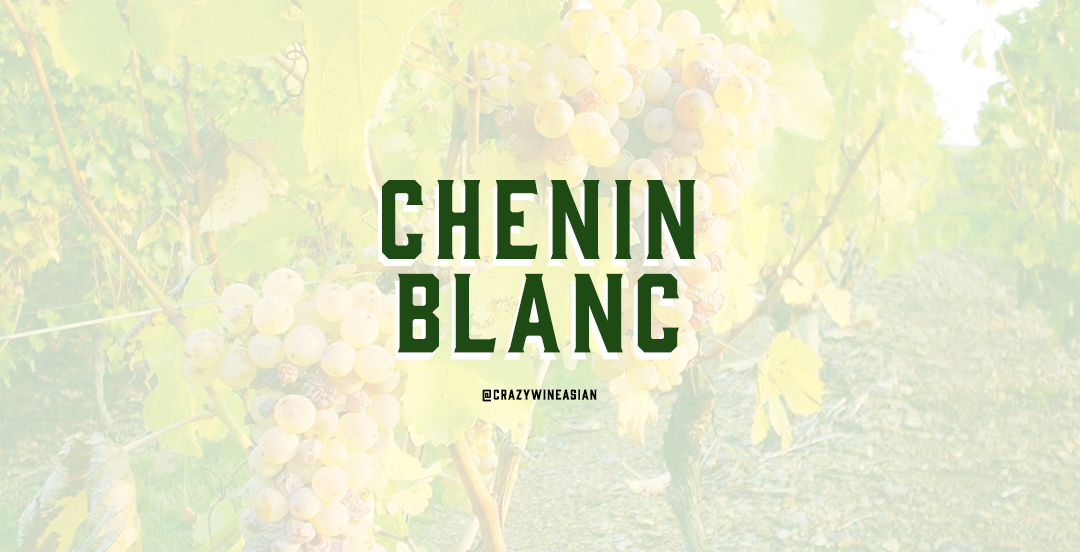A Guide to Chenin Blanc and Its High Acidity Versatility
This is an excerpt of an original article published on Somm TV Magazine.
Editor: Nicole MacKay, Managing Editor at SommTV Magazine
In recent years, there is simply no grape that has risen into stardom as quickly and explosively as Chenin Blanc.
Chenin Blanc’s fame today is undeniable. The most famous examples are found in its home, the Loire Valley, where a wide range of wine styles are produced from across the region, notably Anjou, Vouvray, Savennières, and Bonnezeaux.
In the southern hemisphere, Chenin Blanc is the mascot of South Africa’s wine industry, with many internationally acclaimed examples produced by respectable wineries like Mullineux & Leeu Family Wines and Ken Forrester.
In the United States, the grape is undergoing a renaissance. Once a popular ingredient in Two-Buck Chuck, it now sees an opportunity to shine with the help of suitable vineyards and the hands of capable winemakers.
Today we can even see Chenin Blanc growing in some of the most unexpected corners of the world, Italy, Canada, and New Zealand.
Where Chenin Blanc Comes From
Chenin Blanc (which also goes by the names Plant d’Anjou, Pineau d’Anjou, and Gros Pineau) is likely named after its birthplace in Loire Valley’s Anjou.
In the 1500s, Denis Briçonnet, an abbot in Touraine, planted a bunch of different grape varieties in the Mont Chenin Monastery. Very soon, he observed that one specific variety proved to be special. This grape stood out among the other varieties as the most suitable for the local climate, and boy, did the news travel fast.
It didn’t take long for this modest little grape to spread across the Middle Loire, where it took on a new name, Chenin Blanc, in honor of the monastery that made this grape variety the region’s rockstar.
The Importance of Chenin Blanc in South Africa
Chenin Blanc made its way to South Africa sometime in the late 17-century. Through much of the country’s winemaking history, it played a supporting role in the vineyards. But with time, new technology (temperature-controlled fermentation vessels) and expertise, it became the region’s star grape in the 1960s and 70s.
Today, nearly 60% of the world’s Chenin Blanc vineyards are in South Africa. There are many Chenin Blanc old vines in South Africa’s most famous vineyards, some over a century old.
“The godfather of South African Chenin”, Ken Forrester, regards the white grape as the perfect variety capable of mirroring the conditions where it grows and capturing the enchanted energy of South Africa’s old vineyards.
The Difference Styles of Chenin Blanc
Like Riesling, Chenin Blanc is incredibly versatile, with excellent examples in all styles, from sparkling, dry wines, to off-dry and sweet cuvées.
To continue reading, please visit Somm TV Magazine.

